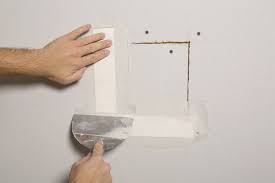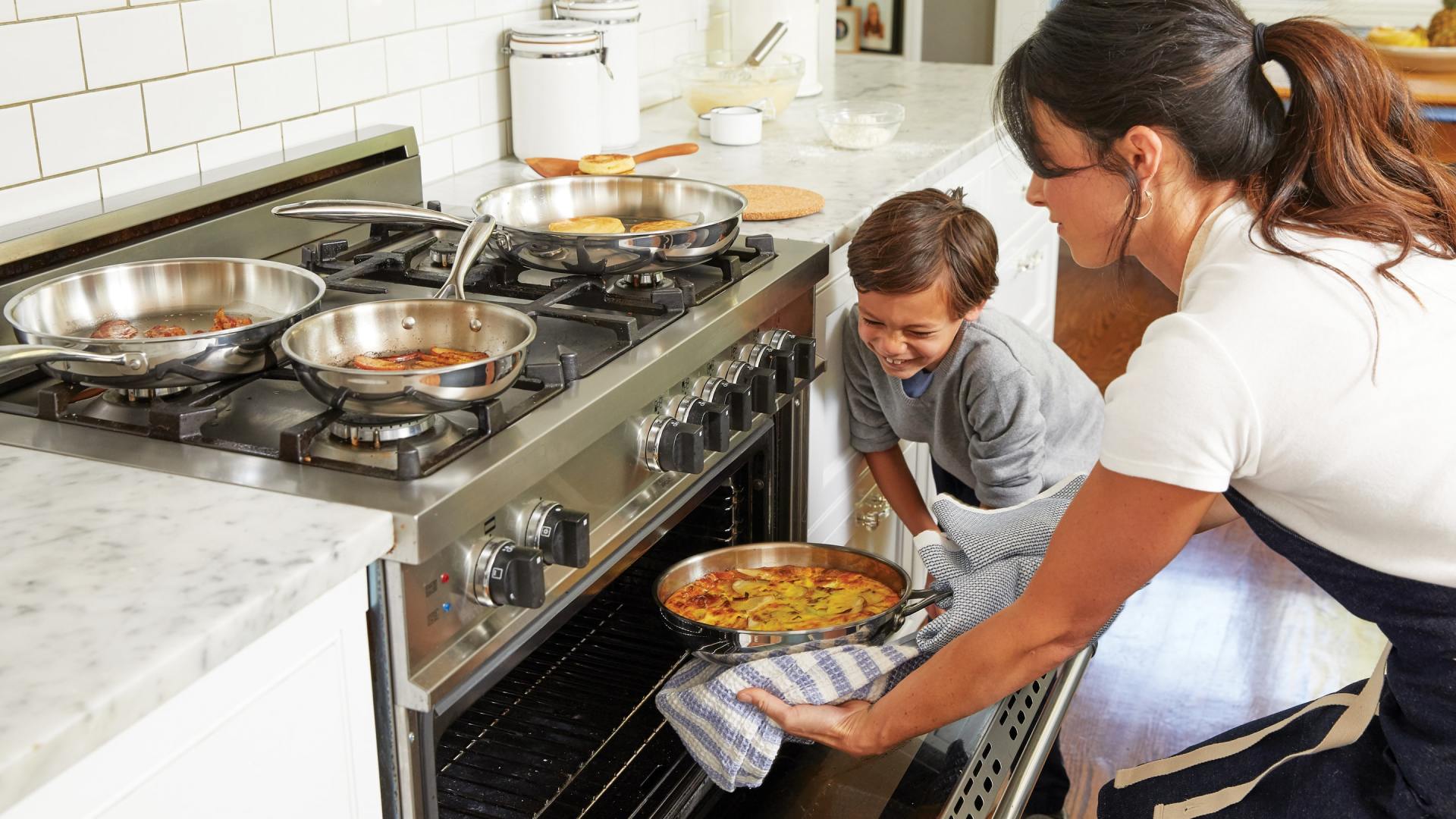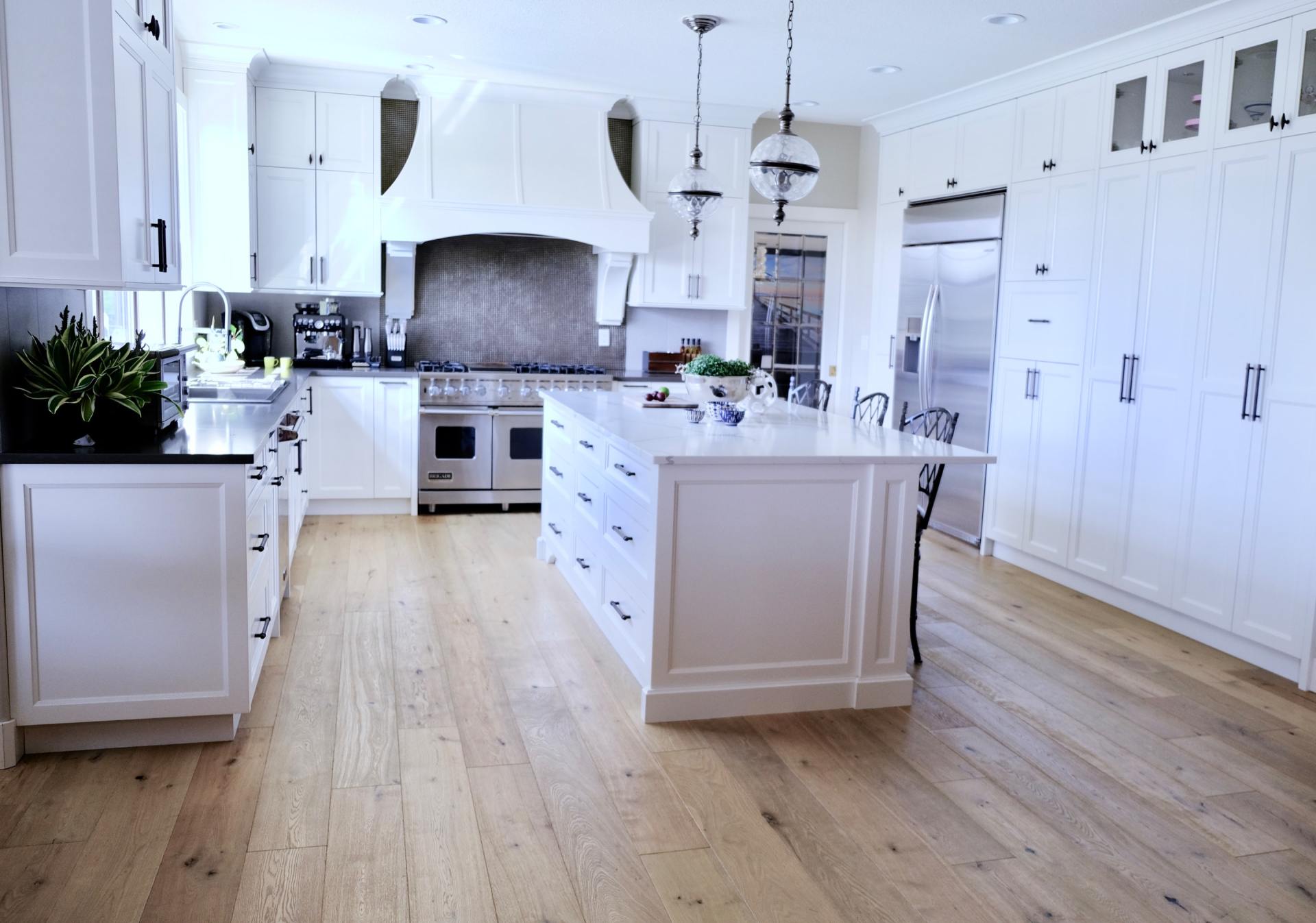10 Signs That Tell You That It Is Time For An Exterior Paint Job
Painters In Philly • January 18, 2020
10 Signs That Tell You That It Is Time For An Exterior Paint Job
10 Signs That Tell You That It Is Time For An Exterior Paint Job
Whether in a conservative, muted hue or a vibrant pop of color, exterior paint can transform a home, increasing curb appeal, increase property value and enhancing its beauty. Exterior paint can define the outer personality of your home or business and become a recognized element associated with your building. But what happens when that exterior coat of color starts to fade, chip or crack subjecting your property to damage?
People remember the house with the red paint and white trim or the restaurant with the blue and white exterior color scheme. However, exterior paint is about more than looks and branding. Paint is a shield that can protect a building from harsh, destructive weather, such as rain, snow, hail, wind or simply sweltering heat or frigid cold.
Paint can prevent the frame and siding of the building -- whether it is wood, aluminum, stucco, or brick -- from deteriorating due to dampness and rot. So, it’s important to pay attention to those chips and cracks to help you recognize when you need a brand new coat of exterior paint, which can be anytime after three to 20 years, depending on climate and the level of wear.
Here are all the telltale signs to alert you when it is time to call the paint professionals, such as your local Philadelphia painters, and schedule your next exterior paint job:
1. FADING PAINT
Ultraviolet rays from the sun can be your worst nightmare when it comes to fading. These powerful rays can strip pigment from vivid colors such as yellow, red or blue and make them discolored, especially if the paint is done in a flat finish. Colors and flat paint are most susceptible to premature fading. In addition, having a house or business angled toward the sun instead of the shade can cause early fading. When you notice the color is seeping away, act fast to add a new layer of paint to keep your structure safe. Consider paints with special UV protection or use a UV sealant as a final coat. This will create a block against UV rays and delay fading.
2. CRACKED CAULKING
Caulking is an important material that fills gaps, holes and cracks before painting so that pigment can go on smoothly and the building can be properly insulated. Caulking also helps keep water and pests out. When old caulking starts to crack and break off, it can cause paint to crack as well. This is often due to bad quality caulking that does not adhere well to surfaces or that is not flexible enough and therefore cannot contract and stretch with the changes in temperature. The resulting cracks and openings leave your building open to moisture, mold, insects and rodents. To remedy this, a new paint and caulking job is needed. Philadelphia exterior painters can prep the building with extra thick,
elastic silicone or latex-based caulking that can bend and resist splitting in high humidity or extreme weather.
3. STAIN AND MOLD
Exterior paint is often damaged by mold and mildew. When this happens, you might notice black, red or green stains, which are signs of fungus. Such mold can flourish whether you’re in a hot climate or a cold one, especially if there is frequently condensation on the building or certain walls don’t get enough air ventilation or sunlight due to shrubs, bushes or climbing vines. When replacing your exterior paint due to mold or mildew, hire the best
Philadelphia exterior painters. After killing the mold with a bleach detergent, one might consider using a product with zinc oxide or another mildewcide, which can prevent the formation of fungus. Avoid paints with linseed oil, which encourages the growth of fungus.
4. DAMAGED WOOD
When water or moisture seeps into wood, it can raise the grain, creating a rough, uneven surface that lifts up paint and causes it to peel or flake away. This type of damage can only be repaired by sanding the wood so that it’s smooth again in addition to applying a new exterior coat of paint. If the wood is rotted, the planks will need to be replaced or patched and treated, rather than simply sanded. Wood filler or wood hardener will provide a good foundation for your new primer and quality paint finish.
5. NOT IN LOVE WITH THE COLOR ANYMORE
Sometimes a trend can lose its charm and become annoying instead. So, if you opted for the latest grey, purple or mustard yellow exterior paint, you might fall out of love with it after a few years and want to choose a new color that is in sync with your current mood or taste. Fortunately, it’s easy to turn to the best Philadelphia exterior painting to repaint the façade as frequently as you desire, even if it’s every year. There are hundreds of shades to revive the outside finish of your house or business so that you will always love looking at it – and always be in tune with the newest fashionable hue.
6. TIME TO SELL YOUR HOUSE
If you’re putting your house on the market, a new exterior paint job can make the property more appealing to buyers, whether they are drawn to neutral earth tones or warm green, grays and yellows that match the natural scenery or other local homes in the community. A new coat of paint can make a home seem well-maintained and in good condition by getting rid of any visible imperfections or damage.
7. DAMAGED SIDING
Over time, siding, whether made of aluminum or vinyl, can suffer damage ranging from scratching to denting to warping to rusting. When that happens, certain panels of siding will need to be removed and repaired or replaced in order to save energy and prevent air conditioning or heat from escaping. Then, it’s time for an overall exterior paint update. Sometimes, in order to save money, damaged siding can simply be painted over for a new look, but that isn’t the optimal solution. Opt for new siding as well as new paint; it will last longer and provide better protection.
8. EXTERIOR MOISTURE DAMAGE
Water is a nemesis not only to paint but to the frame of the house. Water vapors can cause blisters in the finish and damage the surface of paint. When paint starts to flake and degrade, water can also rot wood underneath. It can also cause nails in the siding to rust and leave stains. All these conditions warrant a new Philadelphia exterior painting job.
9. INCREASE CURB APPEAL
If the look of your old paint job is blemished, due to bubbles or cracked patterns that look like alligator skin or if the color looks outdated, it can detract from the overall impression of your property. Not even nice flowers or a well-manicured lawn and garden can make up for a paint job that is failing. Boost first impressions by choosing an eye-pleasing color and a new paint job applied with finesse.
10. WOOD IS EXPOSED.
If you see bare wood peeking through the paint, that is another signal to get out the paintbrushes and upgrade your paint job. You want the paint color to be uniform on every inch and wall of the house.
While you can paint your building yourself, novices often make mistakes, such as not scraping off old paint, forgetting the primer or otherwise applying paint improperly, which can reduce the overall look and effectiveness of your paint job. Don’t waste your labor by committing these errors. Hire your
local painters in Philadelphia,
Painters in Philly is here to help you choose a high quality and durable paint for your next exterior spruce up, one that will resist weather, bubbling and fading to increase the longevity of the work. Painters in Philly will let you know whether you need one layer or several to make it through the grueling four seasons and can also recommend the best luster or paint conditioner to give you added protection. In addition, these Painters in Philly can educate you on the right maintenance, such as regular power washing to remove moss and dirt than can degrade the paint finish. Call Painters In Philly today at
267-333-2939 for a free quote.

Who is a Painting Professional? A painting professional is an expert experienced in preparing and painting interior as well as exterior surfaces. Clients hire Philly painters to either work on residential or commercial properties because they are reliable and trusted professionals. Professional painters get engaged in activities like removing old paints, selecting materials and colors, priming painting surfaces, mixing up colors, and tidying their job sites. As a client, you may fail to know the best paints for your surfaces. Painting professionals examine the areas to be painted and guide you on the right color to purchase. There are various types of paints, and one should consider the structure of the surface that needs to be painted before buying the paint to be used. These professionals also know the colors that suit each other when it comes to switching. Is it worth hiring a Professional Painter? Whether you require interior or exterior painting, always choose to hire professional Philadelphia painters rather than doing the task yourself. It will cost you more time, energy, and money if you attend to the job, whereas hiring an expert is affordable and guaranteed everything would be done correctly. A painting expert concentrates on the job at hand, hence being done in a short while, unlike you, who will get distracted from time to time by other household tasks. Most individuals who opt to paint themselves also end up hiring a professional painter to finish up the painting activity. Also, if you go for painting yourself, you will have to buy the paint and the right painting tools. Philly painters will come with the necessary tools to tackle the task in the right way. The tools include varying sizes of brushes, the required trays, and tape. Buying all the items is expensive due to the costs associated with painters' tools. Besides the above advantages of hiring a real professional painter, the main one is the job results. They can produce professional results and give your surfaces a smooth, even look that comes out spectacular. The best thing to do is to trust professional painters to get great results. Your place will have an even fantastic look that can be admired by everyone who visits it after completion of the painting job. How do Painters estimate the Price for a Painting Project? Every professional painter charges the painting cost for any surface per square foot. The price of painting interior surfaces is lower than painting exterior surfaces. For every square foot, the charge range from $1 to $4 depending on the surface and the hired painter. However, all Philadelphia painters offer affordable, high-quality painting services to potential and existing clients. Our results after completion of a painting task encourage more people to seek the services we offer. In conclusion, painting any inside or outside surface is more complicated than it seems. Hiring Philadelphia painters is always the smartest option. The option saves you many headaches and ensures the surfaces look very much better after the task is completed.

Painters In Philly explains how we take the maximum precaution in ensuring our employees and customers safety. Philadelphia's best painters have created procedures and guidelines to ensure the maximum protection and zero contact with the customers. How to keep your family and yourself safe when inviting businesses to complete painting projects in your house.

At Painters In Philly, we take the safety of Our Customers and Employees Seriously, We have Purchased the required and additional masks and proper ppe to keep the painters and our customers safe when performing the painting services. Our service guarantee ensures a safe and reliable painting experience. With safety in mind Painters In philly is also gifting free hand sanitizers to all customers. A sincere thank you from your #1 and most trusted painters in philadelphia. As our way of saying thank you to the front line workers, we are donating 10% of all profits to our nearest hospitals.

Some of the few aspects to keep in mind when choosing Philadelphia exterior paint are tone, mood, color scheme,neutral paints, mood, inspirations from are,seasonal colors, color consistency, light or dark colors and technology. The best painters in philadelphia, Painters in Philly know what it takes for your home to stand out from all of the other homes in your block.
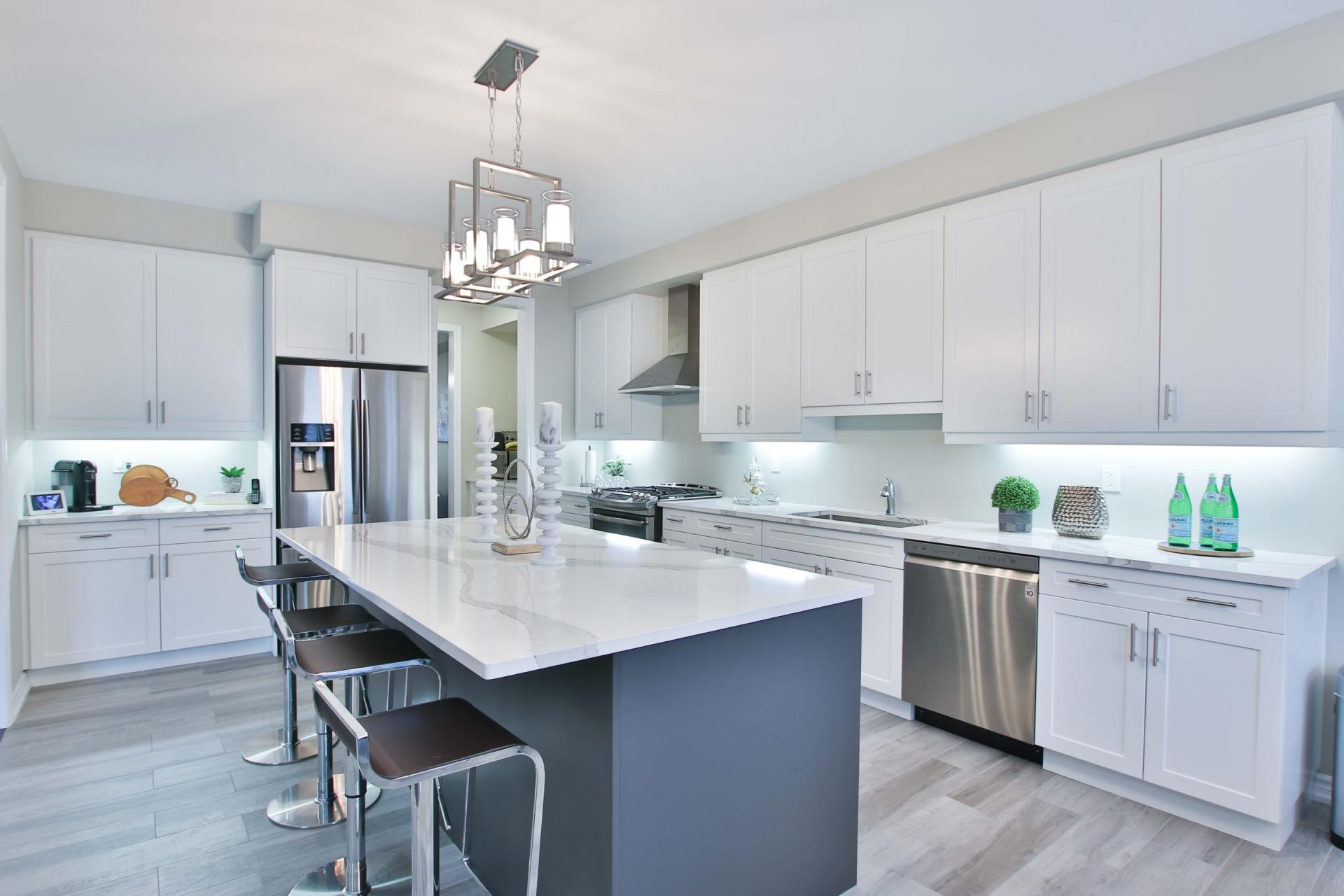
Choosing to paint the walls in your home is beneficial. Not only will this chore improve the comfort of the home, but it also brings many other perks that benefit the whole family. If painting the walls is a thought on your mind, perhaps it’s time to request quotes from an interior painting Philadelphia professional. Interior painting costs for Philadelphia may very well surprise you, especially when the array of benefits are factored in.
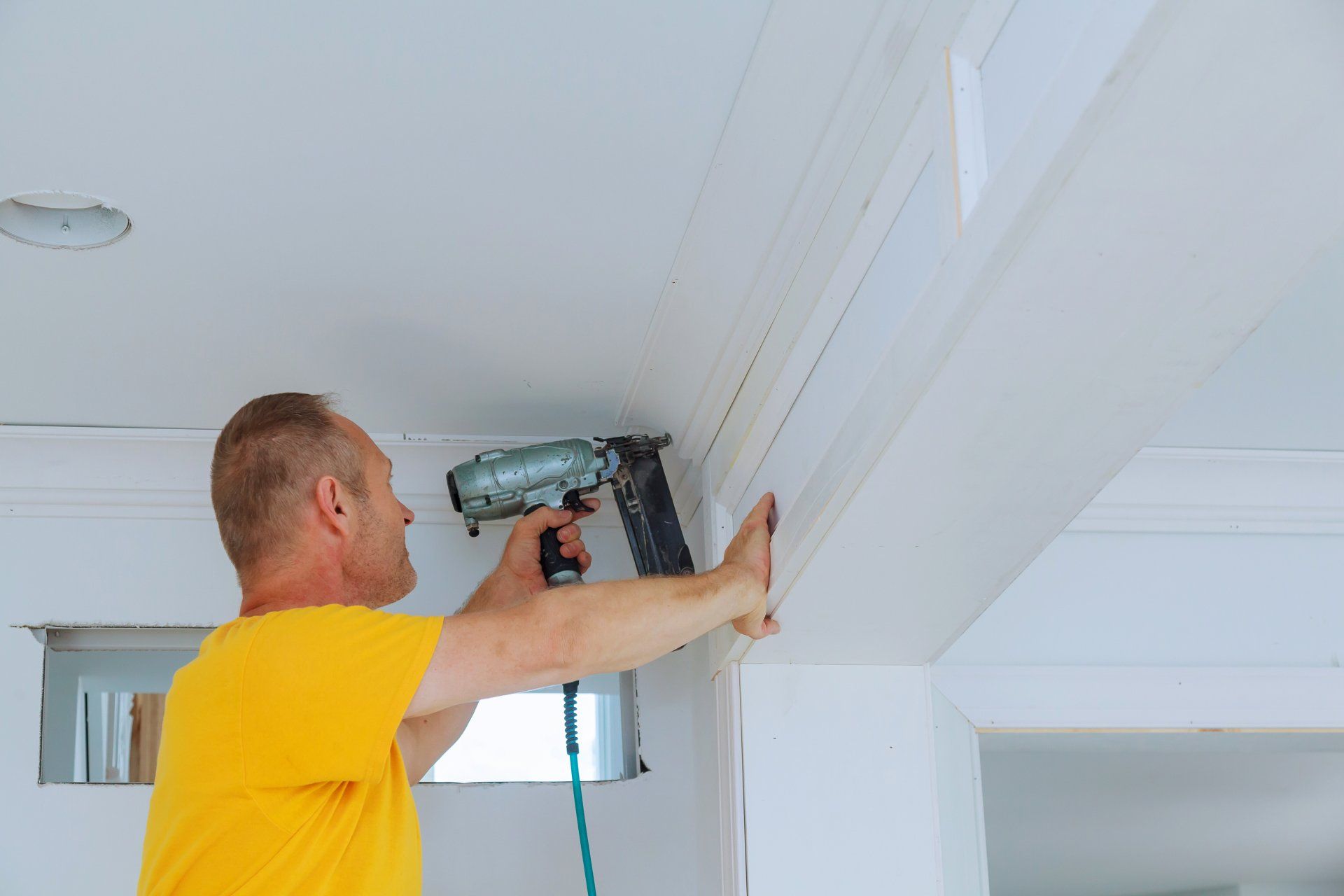
The Ins and Outs of Philadelphia Crown Molding and Painting crown molding Five-Star Painting Crown Molding Service in Philadelphia, Pennsylvania What is Crown Molding? Crown molding is a type of molding used around the ceiling to accentuate the room and give the room a larger than life look. Crown molding has the ability to hide the imperfection in the ceiling and provide a luxurious look to the room. Crown molding comes in all types of materials but can be typically found in wood or plaster. Think of crown molding as molding for the wall and ceiling, the same way molding is seen where the bottom of the wall meets the floor. Crown molding painting is a topic that has been rising in popularity in recent decades. Crown molding is a technique of installing molding to the crown of the room, hence the name crown molding. It's a type of molding that's suitable for the upper portions of walls. People often turn to it as a means of enhancing the aesthetic appeal of structures. It's a big thing among individuals who are passionate about trim and the overall aesthetic of the room. People adore it for an abundance of reasons. It can introduce flair to interior spaces that are rather sparse in appearance. This method isn't at all brand new. It may have origins that go all the way back to the ancient era in Greece, believe it or not. Although the technique itself remains constant, the involved materials have undergone adjustments with the passing of time. If you're trying to find painters who are experts at installing and painting crown molding in Philadelphia, look no further than Painters in Philly. How to Spruce up your room with crown molding and hire the right painters Crown molding is a big craze for a reason. People all over the planet over gravitate to it. That's because it brings all sorts of indisputable advantages to the equation. Crown molding, first of all, can enclose any room in an appealing and thoughtful manner. If you want to do a room a favor without having to install wallpaper, crown molding may be an exciting alternative for you to consider. It can also accentuate parts of rooms that make you feel the proudest. If you want to accentuate stunning pale blue paint on your family room walls, the inclusion of this kind of molding can go a long way. It can even bring out the best aspects of furniture pieces such as easy chairs. Crown molding can also spruce up the vibe of your interior space. If you have concerns that involve your home perhaps looking repetitive or unimaginative, crown molding can shake things up for it in a big way. Crown molding is all about sleekness and order. It's a tasteful technique that's simultaneously nuanced and understated. That's the reason it can be excellent for bedrooms, kitchens, dining rooms and family rooms alike. Higher curb appeal and Strong Residual value Higher curb appeal is always a welcome thing for property owners, and understandably so. That's because high curb appeal can lead to stronger value. Crown molding has the ability to contribute to an interior design feel that's majestic, timeless and high-end. That's exactly why it can give homes significant curb appeal boosts. If you want to be able to sell your residential property for a better price at some point, then getting crown molding can help you substantially. Crown molding has the power to make possible home purchasers look twice. It accentuates sturdy baseboards. It communicates that you put a lot of effort and pride into your residence as well. This means a lot to people will weigh their options positively when you decide to sell your house. Hiding flaws using crown molding Hiding flaws using crown molding, This technique can do away with abnormalities and flaws that involve the ceilings and walls of your home. Crown molding installation takes place at the intersections of ceilings and walls, after all. That's the reason it has the ability to conceal tiny flaws. Crown molding is notably pliable as well. That's why it enables people to adjust materials a tad in order to accommodate ceiling steadiness concerns. If you have kitchen cabinets that bring out a ceiling that's anything but level, crown molding can help turn things around. People can utilize this type of molding on top of higher cabinets as a means of making ceilings appear a lot more consistent. This molding can even hide issues that involve paintwork and texture. If you want your home to appear streamlined to the max, the technique can accomplish a lot for it.




